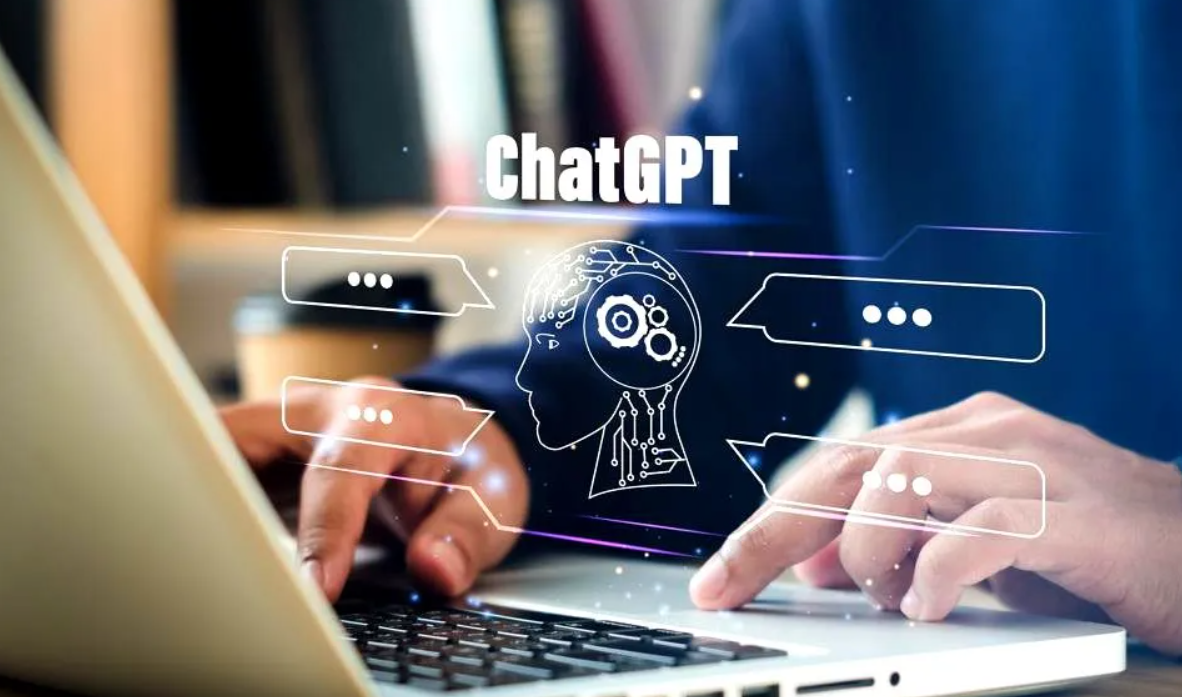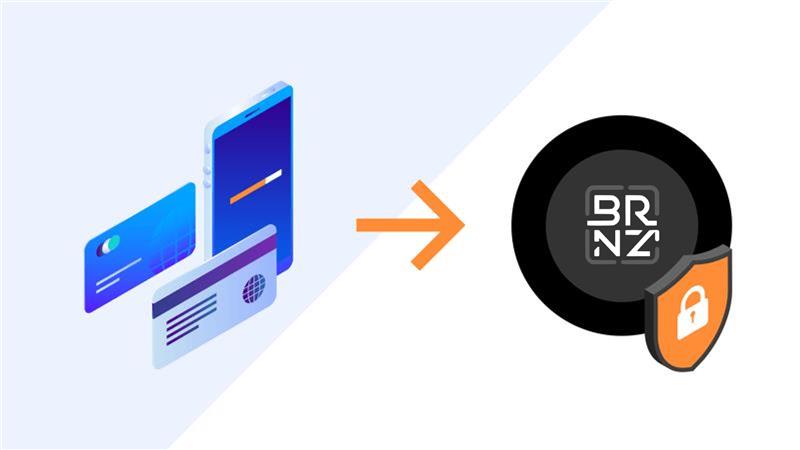𝘈𝘐 𝘮𝘰𝘥𝘦𝘭𝘴 𝘤𝘢𝘯 𝘢𝘯𝘢𝘭𝘺𝘻𝘦 𝘴𝘰𝘤𝘪𝘢𝘭 𝘮𝘦𝘥𝘪𝘢 𝘴𝘦𝘯𝘵𝘪𝘮𝘦𝘯𝘵𝘴, 𝘯𝘦𝘸𝘴 𝘢𝘳𝘵𝘪𝘤𝘭𝘦𝘴, 𝘢𝘯𝘥 𝘰𝘵𝘩𝘦𝘳 𝘴𝘰𝘶𝘳𝘤𝘦𝘴 𝘰𝘧 𝘪𝘯𝘧𝘰𝘳𝘮𝘢𝘵𝘪𝘰𝘯 𝘵𝘰 𝘨𝘢𝘶𝘨𝘦 𝘮𝘢𝘳𝘬𝘦𝘵 𝘴𝘦𝘯𝘵𝘪𝘮𝘦𝘯𝘵 𝘢𝘯𝘥 𝘪𝘯𝘷𝘦𝘴𝘵𝘰𝘳 𝘴𝘦𝘯𝘵𝘪𝘮𝘦𝘯𝘵 𝘵𝘰𝘸𝘢𝘳𝘥𝘴 𝘴𝘱𝘦𝘤𝘪𝘧𝘪𝘤 𝘤𝘳𝘺𝘱𝘵𝘰𝘤𝘶𝘳𝘳𝘦𝘯𝘤𝘪𝘦𝘴 𝘰𝘳 𝘣𝘭𝘰𝘤𝘬𝘤𝘩𝘢𝘪𝘯 𝘱𝘳𝘰𝘫𝘦𝘤𝘵𝘴.
AI models are computational algorithms designed to mimic human intelligence by learning from data, identifying patterns, and making decisions or predictions without explicit programming instructions.
These models leverage techniques from machine learning and deep learning to analyze large datasets and extract meaningful insights.
In simple terms, an AI model is characterized by its capacity to independently make decisions or forecasts, rather than merely imitating human intelligence. One of the initial triumphs in AI came with checkers and chess programs in the early 1950s. These models empowered the programs to respond directly to human opponents rather than adhering to predetermined sequences of steps or actions.
𝗧𝘆𝗽𝗲𝘀 𝗼𝗳 𝗔𝗜 𝗠𝗼𝗱𝗲𝗹𝘀
-
Supervised Learning: In supervised learning, AI models are trained on labeled datasets, where each input is paired with a corresponding output. The model learns to map inputs to outputs based on examples provided during training, enabling it to make predictions on new, unseen data
-
Unsupervised Learning: Unsupervised learning involves training AI models on unlabeled datasets, where the model must discover patterns or structures within the data on its own. This approach is often used for clustering, dimensionality reduction, and anomaly detection tasks
-
Reinforcement Learning: Reinforcement learning is a trial-and-error-based learning paradigm, where an AI agent interacts with an environment and learns to maximize a cumulative reward signal over time. This approach is commonly used in gaming, robotics, and autonomous systems
-
Deep Learning: Deep learning is a subfield of machine learning that employs artificial neural networks with multiple layers (deep architectures) to learn complex representations from data. Deep learning has achieved remarkable success in tasks such as image recognition, natural language processing, and speech recognition
Most advanced AI applications, like the large language models (LLMs) powering modern chatbots, utilize deep learning. It requires tremendous computational resources.
𝗣𝗿𝗲𝗱𝗶𝗰𝘁𝗶𝘃𝗲 𝗔𝗻𝗮𝗹𝘆𝘁𝗶𝗰𝘀
AI models can analyze historical cryptocurrency price data and market trends to forecast future price movements and identify potential trading opportunities. These predictive analytics can help investors make informed decisions and optimize their investment strategies in the volatile cryptocurrency market.
𝗙𝗿𝗮𝘂𝗱 𝗗𝗲𝘁𝗲𝗰𝘁𝗶𝗼𝗻 𝗮𝗻𝗱 𝗦𝗲𝗰𝘂𝗿𝗶𝘁𝘆
AI-powered fraud detection systems can monitor cryptocurrency transactions in real-time, flagging suspicious activities and identifying potential security threats or fraudulent transactions. By leveraging advanced machine learning algorithms, blockchain networks can enhance security and mitigate risks associated with cyberattacks and financial fraud.
𝗦𝗺𝗮𝗿𝘁 𝗖𝗼𝗻𝘁𝗿𝗮𝗰𝘁𝘀 𝗮𝗻𝗱 𝗗𝗲𝗰𝗲𝗻𝘁𝗿𝗮𝗹𝗶𝘇𝗲𝗱 𝗙𝗶𝗻𝗮𝗻𝗰𝗲
AI-powered smart contract platforms can automate the execution of financial agreements and transactions, enabling seamless and secure peer-to-peer interactions without the need for intermediaries.
In the realm of decentralized finance (DeFi), AI models can optimize lending protocols, predict market trends, and assess creditworthiness, facilitating the development of innovative financial products and services.
The Solana blockchain took the lead by integrating a ChatGPT plugin to enhance the user experience around DeFi.
𝘜𝘴𝘪𝘯𝘨 𝘵𝘩𝘦 𝘱𝘭𝘶𝘨𝘪𝘯, 𝘶𝘴𝘦𝘳𝘴 𝘤𝘢𝘯:
-
Purchase non-fungible tokens (NFTs)
-
Transfer tokens
-
Examine transactions
-
Interpret public account data
-
Search for NFT collections based on their floor prices on the Solana blockchain
𝗠𝗮𝗿𝗸𝗲𝘁 𝗦𝗲𝗻𝘁𝗶𝗺𝗲𝗻𝘁 𝗔𝗻𝗮𝗹𝘆𝘀𝗶𝘀
AI models can analyze social media sentiments, news articles, and other sources of information to gauge market sentiment and investor sentiment towards specific cryptocurrencies or blockchain projects.
This sentiment analysis can provide valuable insights into market dynamics, investor behavior, and potential market trends.
𝗧𝗼𝗸𝗲𝗻𝗶𝘇𝗮𝘁𝗶𝗼𝗻 𝗮𝗻𝗱 𝗔𝘀𝘀𝗲𝘁 𝗠𝗮𝗻𝗮𝗴𝗲𝗺𝗲𝗻𝘁
AI-powered tokenization platforms can facilitate the digitization of real-world assets, enabling fractional ownership and transferability of assets on blockchain networks. AI algorithms can also optimize asset management strategies, re-balance portfolios, and automate investment decisions based on predefined criteria and risk preferences.
Since the popularity of AI, we have seen the emergence of AI tokens, which have become very valuable in the crypto market.
While there is a raft of such crypto – AI projects and tokens, the following are some of the pioneers in the field:
-
- SingularityNET ($AGI)
- Ocean Protocol ($OCEAN)
- Fetch.ai ($FET)
𝗜𝗻 𝗰𝗼𝗻𝗰𝗹𝘂𝘀𝗶𝗼𝗻
Artificial Intelligence represents a powerful tool that can unlock new opportunities and drive innovation in the cryptocurrency and blockchain space. By leveraging AI technologies, organizations can enhance security, improve efficiency, and unlock new value propositions in finance, governance, and beyond.
As AI continues to evolve, understanding its potential applications in cryptocurrency and blockchain will be crucial for navigating the complexities of the digital economy and shaping the future of finance.



